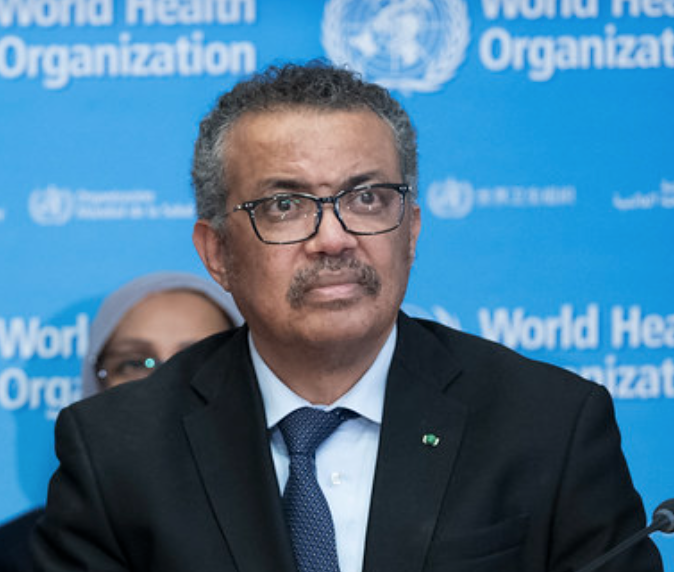NATURE – Early in the pandemic, the World Health Organization stated that SARS-CoV-2 was not transmitted through the air.
That mistake and the prolonged process of correcting it sowed confusion and raises questions about what will happen in the next pandemic.
As 2021 drew to a close, the highly contagious Omicron variant of the pandemic virus was racing around the globe, forcing governments to take drastic actions once again.
The Netherlands ordered most businesses to close on 19 December, Ireland set curfews and many countries imposed travel bans in the hope of taming the tsunami of COVID-19 cases filling hospitals.
Amid the wave of desperate news around the year-end holidays, one group of researchers hailed a development that had seemed as though it might never arrive.
On 23 December, the World Health Organization (WHO) uttered the one word it had previously seemed incapable of applying to the virus SARS-CoV-2: ‘airborne’.
On its website, a page titled ‘Coronavirus disease (COVID-19): How is it transmitted?’ was quietly edited to state that a person can be infected “when infectious particles that pass through the air are inhaled at short range”, a process otherwise known as “short-range aerosol or short-range airborne transmission”.
The website says that transmission can occur through “long-range airborne transmission” in poorly ventilated or crowded indoor settings “because aerosols can remain suspended in the air or travel farther than conversational distance”.
“It was a relief to see them finally use the word ‘airborne’, and to say clearly that airborne transmission and aerosol transmission are synonyms,” says aerosol chemist Jose-Luis Jimenez at the University of Colorado Boulder.
The seemingly uncontroversial statement marked a clear shift for the Switzerland-based WHO, which had tweeted categorically early in the pandemic, “FACT: #COVID19 is NOT airborne,” casting the negative in capital letters as if to remove any doubt …



